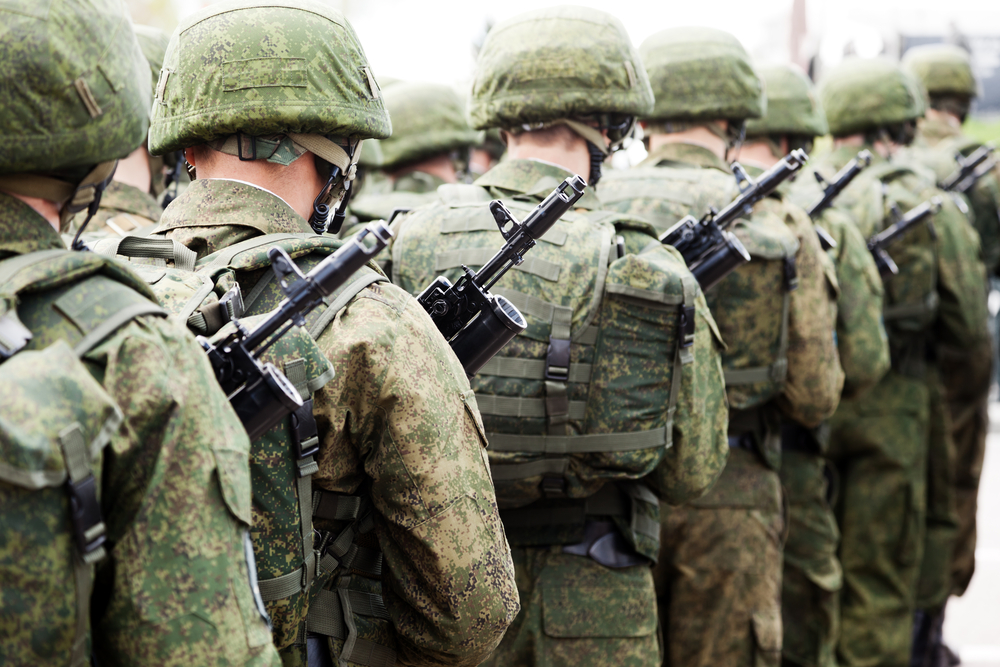
The research team and science and technology community at the US Army just finished up nine weeks of experiments that involve new communications technology with the potential for use on high-profile next-generation helicopters. They also hope this development will further inform their ongoing Joint All Demand Command and Control objectives.
The Army’s Network Cross-Functional Team (CFT) is working with the C51SR Center as well as the science and technology community and other science and technology vendors at the fourth annual Network Modernization Experiment, also known as NetModX. Happening at Joint Base McGuire-Dix-Lakehurst, in New Jersey, the event brings camps from different industries together to work on improving the service’s acquisitions efforts as well as S&T investments to provide insight for what could come next.
C51SR Center director Joseph Welch calls NetModX “a great testbed” for understanding how investments are progressing as they evolve from a laboratory setting and make the necessary adjustments, as needed, to achieve the highest value return on those investments.
This year, the experiment involved at least 36 different technologies, focusing mostly on exploring automation as well as protected communications in the most hotly contested battlefields. At the event, they also confronted various aspects of the Future Vertical Lift program, which Welch describes is among 35 modernization priorities.
In addition, Radio frequency communications chief at C51SR, James Tucker Swindell is urrently working on an aerial tier networking program aimed at developing a “transformative tactical radio relay capability.” This program is called the Relay for Aerial Non-line-of-sight Ground Environment program, or RANGE.
Swindell further explains, “We’re pushing for high throughput non-line-of-sight tactical [communications], providing resilient options for communications-denied environments, all while incorporating the modular form factor for [unmanned aircraft systems].”
